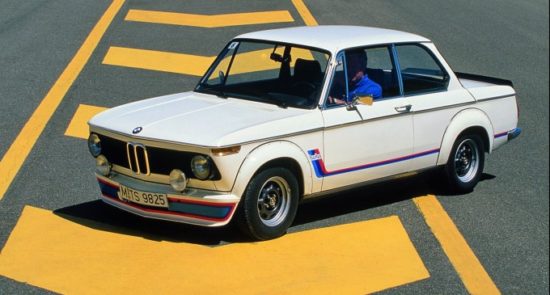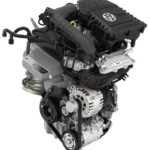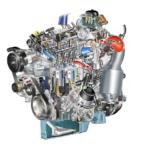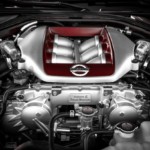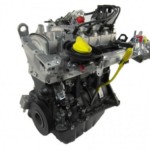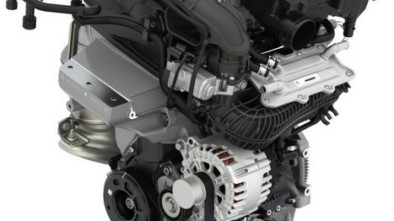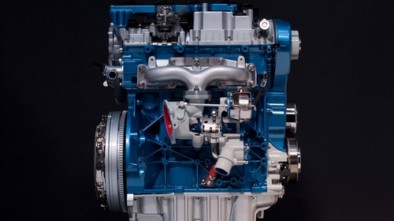Turbocharger history
Turbo celebrates 110 years
A turbocharger is a device without which it is practically impossible to imagine a modern diesel or gasoline engine: For over a hundred years of existence, it has suffered a difficult path of development from use in warplanes, through race cars and trucks, all the way to passenger cars.
This year's Geneva Salon celebrated one important anniversary, the 1905th anniversary of its turbocharger. The original turbocharger was patented by a Swiss engineer, dr. Alfred Bihi back in XNUMX.
The first device had a direct connection between the OTO engine and the turbine shaft. After a lengthy examination, Dr. Bihi removed the mechanical connection between the compressor and the engine and created a device reminiscent of today's turbochargers.
Of course, this invention was met with much skepticism, so Dr. Bihi decided to silence the skeptics in the most efficient way. He realized that the benefit of his device to engine performance would be best reflected in aircraft engines. Thanks to the turbocharger, the dilution effect of the engine due to the diluted air at higher altitudes is greatly reduced.
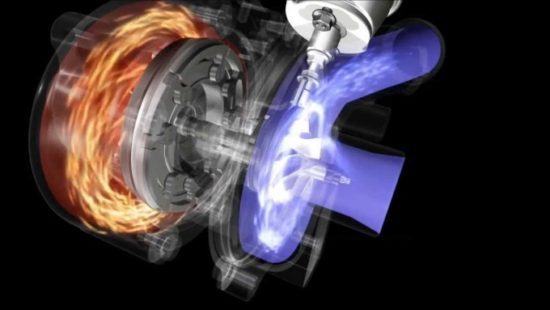
On the left is the turbine and on the right is the compressor part of the turbocharger
The first experimental turbocharger factory was opened in 1911 in Switzerland. The first prototype was made in 1915 and was mounted on a military aircraft engine. Unfortunately, the first tests failed because the first turbocharger failed to provide adequate pressure.
Still, Dr. Bihi was not easily taught, so as early as 1920, a LePere aircraft equipped with a turbocharger broke the then-high altitude record.
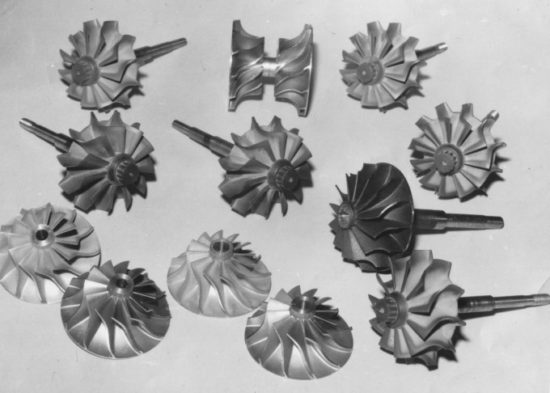
The turbine can spin up to 200.000 rpm
In the XNUMXs, the idea of using a turbocharger was increasingly accepted. The compressors were first installed on race car engines, and then the device was transferred to commercial vehicles. The first truck turbo - The diesel engine was made by the Swiss company Saurer in 1938.
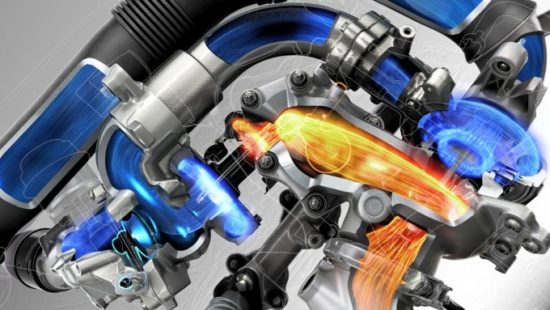
A combination of two turbochargers is used to increase elasticity
The invention of dr. Bihia found great use during World War II on "B-17 Flying Fort" aircraft. Just before the outbreak of war, the Garet Company was founded in America, which is responsible for the commercialization and widespread use of turbochargers.
The first true commercial application of a turbocharger occurred in 1953 when the Katerpiler plant installed a turbo diesel engine in its large crawler "D9". The turbine built into it was a "T15 garette". In 1955, a major novelty was introduced, a pressure regulating valve, a vegegate.
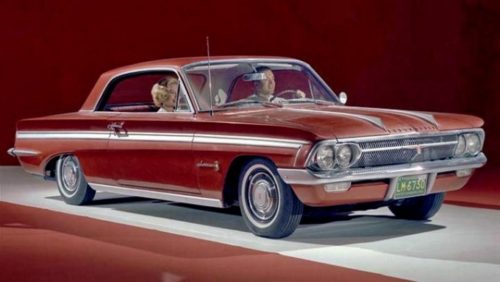
Oldsmobile F85
The success of this vehicle forced the Gareth administration to introduce turbocharged engines into the automotive industry. Officially the first commercial model with a turbocharger was "oldsmobile F85Which was introduced in 1962. This car, nicknamed the Jetfire, had a 8-liter aluminum V3,5 engine. With the help of the "garet T05" turbocharger, it developed a power of 215 hp at 4600 rpm.

BMW experimented with a turbocharger back in 1972 in a prototype called a turbo
However, the turbochargers did not respond well until the 911s. In the mid-2002s, two Porsche XNUMX turbo sports cars and a BMW XNUMX turbo appeared.
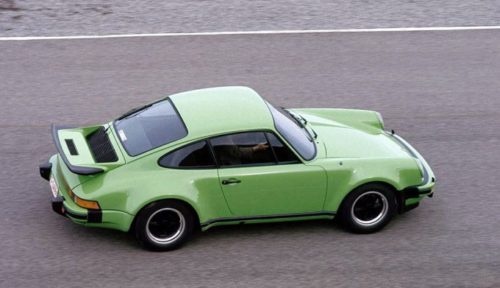
The Porsche 911 is the first sports car with a turbocharger
Still, the biggest revolution is thought to be the Sab that introduced the turbocharger into a mass-produced family sedan. The "Sab 99 turbo" was introduced in 1977.
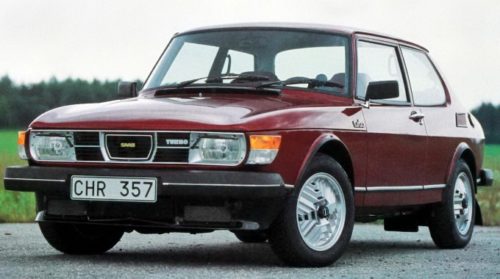
Saab is the first factory to start producing turbo cars in large series
The first large-scale turbo diesel engine was introduced by Volkswagen and Mercedes in the "300 TD turbo diesel" model. In the XNUMXs, the turbocharger was booming. More and more factories are adopting this technology, and there is practically no imaginable race car that has no overcharge.
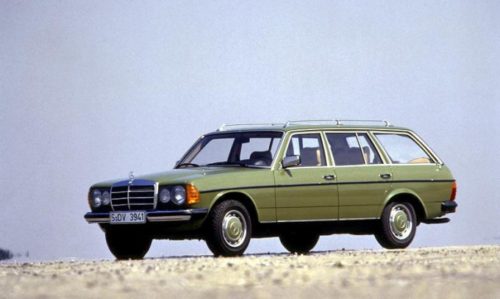
The first serial turbo-diesel car was a Mercedes W123 300 TD turbodiesel
In 1988 ball bearings were first used to significantly reduce friction and shorten response times. A year later, a variable geometry turbine was applied for the first time.
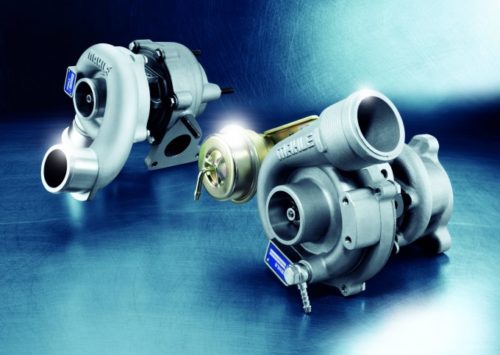
The first serial turbo-diesel car was a Mercedes W123 300 TD turbodiesel
Text: I. Katunac
Retrieved from: www.magazinauto.com
Recommendation of similar texts:

Hi there, I am Mladen and I am an auto enthusiast. I started this blog years ago to help like minded people share information about latest cars, car servicing ideas, used car info, exotic cars, and auto technology. You will find helpful articles and videos on a wide variety of cars - Audi, Mercedes, Toyota, Porsche, Volvo, BMW and much more. Ping us if you have anything cool to share on latest cars or on how to make older cars more efficient, or just want to say hi!

